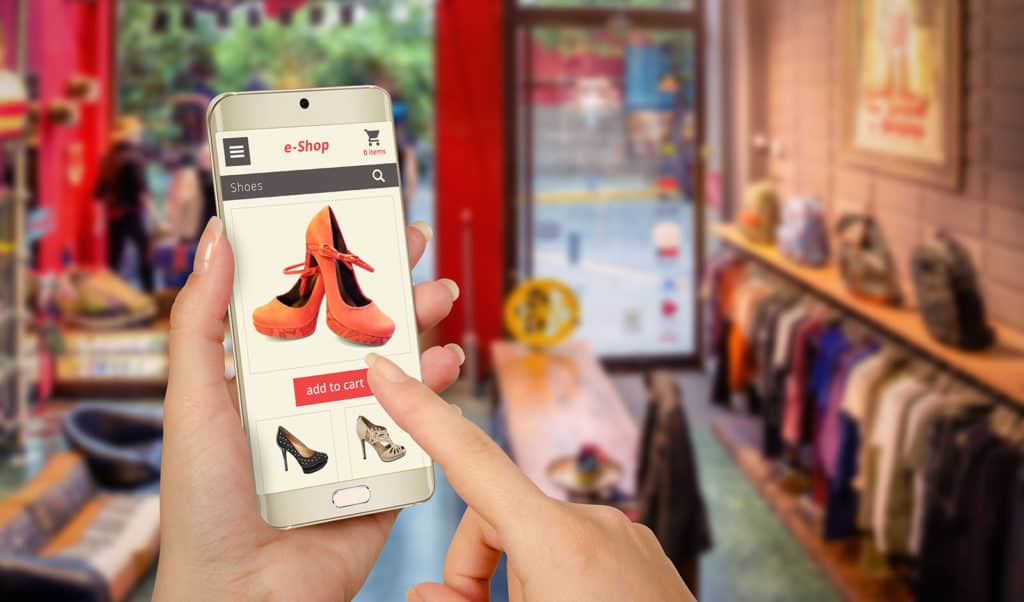

Visual merchandising is an essential aspect of fashion retail, as it creates an attractive and engaging shopping experience for customers. It involves the use of various techniques and strategies to display products in a way that captures the attention of potential buyers and encourages them to make a purchase. Similar to Temu, an e-commerce website, it has a good appearance for its potential customers.
This article will discuss the importance of visual merchandising in fashion retail, as well as some effective strategies that retailers can use to create an engaging shopping experience for their customers.
The Importance of Visual Merchandising in Fashion Retail
In this section, we will discuss why visual merchandising is crucial for fashion retailers. The subheadings under this section may include:
1. Attracting Attention
Visual merchandising is a powerful technique that retailers use to attract potential customers to their stores. It involves creating visually appealing displays that capture the attention of shoppers and draw them in. By using creative and eye-catching displays, retailers can increase foot traffic and generate interest in their products.
2. Branding
Visual merchandising is also a valuable tool for building and reinforcing a retailer’s brand identity. By consistently using specific colors, themes, and displays, retailers can create a unique and memorable shopping experience that distinguishes them from their competitors. This not only helps to establish a strong brand identity but also enhances customer loyalty.
3. Enhancing the Shopping Experience
Visual merchandising can improve the overall shopping experience for customers. By showcasing products in an engaging and informative way, retailers can help shoppers make informed purchasing decisions. This can include highlighting the features and benefits of products, demonstrating how they can be used, or providing helpful information about the product’s origin or manufacturing process.
4. Boosting Sales
Effective visual merchandising can also have a significant impact on a retailer’s sales. By displaying products in a way that appeals to customers and encourages them to make a purchase, retailers can increase their revenue and profitability. This can include using product placement, lighting, and other techniques to create a sense of urgency or highlight special offers or promotions.

Strategies for Effective Visual Merchandising
In this section, we will explore some effective strategies that retailers can use to create visually appealing displays in their stores. These strategies can help to capture the attention of potential customers and increase foot traffic, ultimately leading to increased sales and revenue.
1. Use Color and Lighting to Create a Mood
One important way to create an effective visual merchandising display is to use color and lighting to create a particular mood or atmosphere in the store. Warm colors and soft lighting can create a cozy and inviting environment, while bright colors and bright lighting can create a lively and energetic atmosphere. Retailers can use this technique to create a shopping environment that aligns with their brand identity and appeals to their target audience.
2. Create Eye-Catching Displays
Another key element of successful visual merchandising is the use of eye-catching displays that draw customers in and showcase products in an appealing way. Retailers can use creative and innovative displays to highlight the features and benefits of their products and to tell a compelling story about their brand.
3. Use Props and Decor to Tell a Story
Props and decor can also be used to enhance the visual merchandising experience and create a unique and memorable shopping environment. By using relevant props and decor that align with their brand or products, retailers can engage customers and encourage them to make a purchase.
4. Showcase Products in Context
Displaying products in context is another effective strategy for visual merchandising. By showcasing products in a setting or context that reflects their intended use, retailers can help customers visualize how they might use the product in their own lives. For example, a furniture store might display pieces in a living room or bedroom setting to help customers envision how the furniture might look in their own homes.
5. Use Digital Displays and Interactive Technology
Retailers can use digital displays and interactive technology to enhance the visual merchandising experience for customers. This might include using screens to showcase product features or using interactive displays to offer personalized recommendations. By incorporating technology into their displays, retailers can create a modern and innovative shopping experience that sets them apart from their competitors.
Conclusion
Visual merchandising is an essential component of the fashion retail industry. It plays a crucial role in helping retailers to attract potential customers, establish and reinforce their brand identity, create an enjoyable and memorable shopping experience, and ultimately increase sales and revenue.
Effective visual merchandising involves the use of various strategies and techniques, including the use of color and lighting to create a particular mood or atmosphere, eye-catching displays that showcase products in a creative and appealing way, the use of props and decor to create a narrative or tell a story, displaying products in context, and incorporating digital displays and interactive technology.
By implementing these strategies, retailers can create a shopping environment that aligns with their brand and appeals to their target audience. A visually appealing and engaging store display can attract attention, draw customers into the store, and encourage them to make a purchase.
FAQs
What are some common mistakes retailers make in visual merchandising?
Retailers may make mistakes such as cluttered displays, not changing displays frequently enough, or not properly showcasing the products’ features and benefits.
How can retailers measure the success of their visual merchandising efforts?
Retailers can measure the success of their visual merchandising efforts by tracking foot traffic, sales, and customer feedback.
Can visual merchandising be effective for online retailers as well?
Yes, visual merchandising is also important for online retailers. They can use product photography, videos, and interactive features to create an engaging and memorable shopping experience for their customers.
How often should retailers update their visual merchandising displays?
Retailers should update their displays frequently, ideally every four to six weeks. This keeps the shopping experience fresh and interesting for repeat customers and encourages new customers to visit the store.























